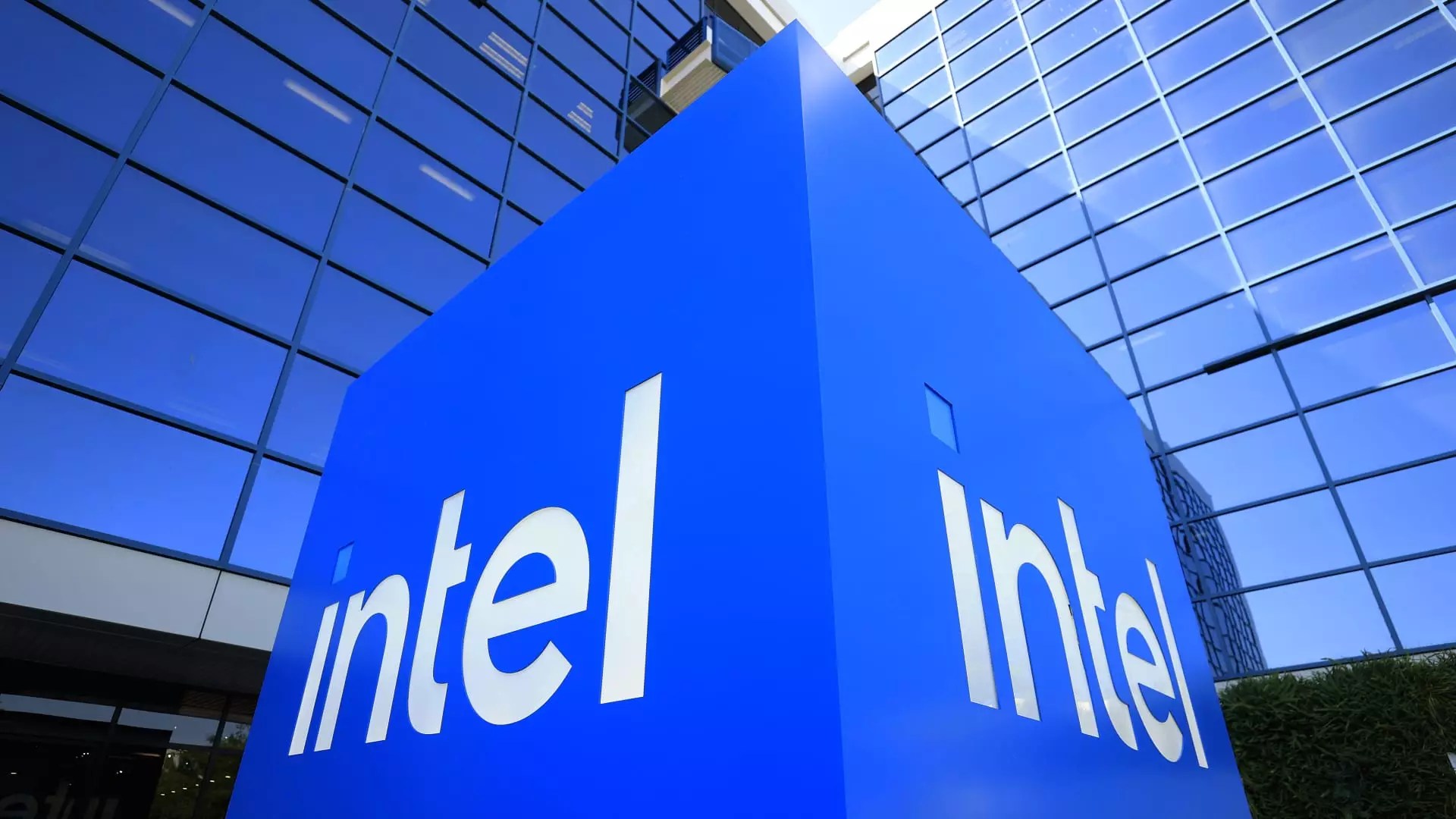The recent market activity underscores a growing sense of uncertainty and vulnerability within the economy. FactSet Research Systems, a reflection of corporate health, suffered a notable decline of 6% after posting earnings that fell short of expectations. With adjusted fourth-quarter earnings at $4.05 per share—below the anticipated $4.13—investors grew wary of a broader slowdown. Coupled with a full-year guidance that missed consensus, this signals that even the most resilient companies are feeling the strain of a sluggish growth environment. It serves as a stark reminder that corporate profitability remains fragile, and the optimism of recent years may be unwarranted given current economic headwinds.
Selective Positivity Amid Industry Variability
While some sectors face headwinds, others demonstrate resilience or even optimism fueled by strategic shifts and market tailwinds. Wynn Resorts experienced a modest 2% gain, driven by renewed international gaming optimism, yet this modest advance pales compared to broader economic concerns. Insurance giant Allstate gained 4.8% after posting significantly lower catastrophe losses than forecasted, revealing both sector-specific resilience and the importance of carefully managing risk exposure in volatile environments. Semiconductor giant Intel, buoyed by Nvidia’s substantial investment in its future, soared 28%, illustrating how strategic partnerships can sometimes defy broader economic challenges and inject confidence into specific tech subsectors. These pockets of gains highlight that, despite overarching uncertainties, certain companies leverage strategic agility and market positioning to weather the storm.
Market Sentiment Diverges: Growth, Caution, and Risk
In contrast to these pockets of optimism, other companies reflect caution or disappointment. Cracker Barrel’s stock declined 7.2% after earnings missed estimates, despite revenue surpassing forecasts. This divergence indicates that revenue growth alone isn’t enough to reassure investors if profit margins or future outlooks appear bleak. Meanwhile, Darden Restaurants’ 9% fall on missed earnings underscores the bearish sentiment lurking in traditional sectors like dining—a sector already strained by inflation, labor shortages, and changing consumer habits. Similarly, steel producer Nucor’s 4.9% decline underscores the sensitivity of manufacturing to economic cycles and cost pressures, with pessimistic guidance signaling potential headwinds ahead.
The Rise of Niche Technologies and Strategic Alliances
In a landscape of global economic flux, companies pioneering frontier technologies—like quantum computing—offer a glimpse of resilience and potential long-term growth. IonQ’s partnership with the Department of Energy and the subsequent rally of 4.6%, along with Rigetti’s 15% surge, exemplify how innovation can be a defensive play in turbulent markets. CrowdStrike’s 5% increase, driven by strategic partnerships and robust guidance, further illustrates that cybersecurity remains vital amid increasing digital threats. These companies demonstrate that agile, forward-looking strategies are essential for survival and growth in an era where traditional industries face mounting pressures.
Industry Responses and Market Resilience
The health sector provides additional insight into how markets adapt to evolving challenges. The continuation of vaccine coverage, backed publicly by AHIP, offers a sense of stability amid political and regulatory debates. Moderna and BioNTech’s modest gains reflect cautious optimism that health innovation remains a resilient sector, capable of weathering policy shifts. Meanwhile, the behavior of cyclical industries like sports equipment and steel manufacturing highlights differing degrees of vulnerability; Amer Sports’ upward revision of guidance contrasts with Nucor’s cautious outlook, emphasizing that industry-specific fundamentals and management strategies remain critical.
Implications for Investors: Navigating a Volatile Terrain
What does this all signal? Clearly, the market is in a state of flux—some companies leverage strategic innovation or risk management to forge ahead, while others stumble under the weight of macroeconomic pressures and internal weaknesses. The divergence reveals that investor confidence is fragile and highly susceptible to shifts in economic indicators, geopolitical tensions, and policy environments. In such an environment, a center-right approach—prioritizing fiscal responsibility, strategic investments, and cautious optimism—becomes increasingly vital. It’s a reminder that in turbulent times, sustainable growth hinges on disciplined management and a balanced assessment of risks versus rewards, not blind optimism fueled by fleeting market rallies.


Leave a Reply